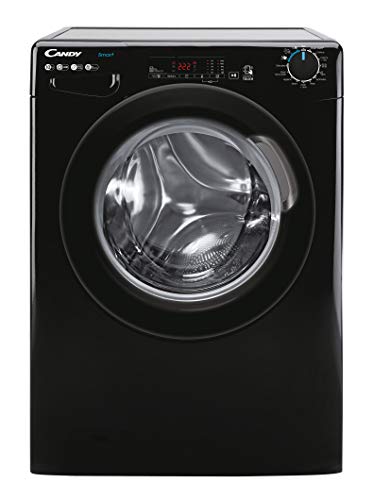Why Buy a 10kg Front Loader?
visit link -loader of 10kg is ideal for large loads of laundry with 13 wash programs including handwash as well as plenty of space for large wash cycles. It's a smart machine equipped with the latest features.

Front loaders generally take longer to wash, are not available in larger capacities and can often be prone to mould and mildew. They are more water and energy efficient than top-loaders.
Energy
The primary energy cost in the front loader with 10kg of weight is electricity to heat water to operating temperatures, and also to run the motor. These costs can be offset with less energy usage in operation when compared with top-loaders, notably less power used during the agitation cycle and during spin, as well as less water. Certain machines have low-water cycles that consume less water than the cotton cycle. This saves both energy and water.
In general, front-loading washers use less soap than top-loaders. The drum's tumbling action also reduces foamy suds and also reduces overflows, but without affecting the cleaning action. The door seals and the bellows of top-loaders are more prone to wear. The mechanical agitator of a top-loader can also cause significant wear and tear to clothing. It drags and drops clothes frequently, forcing them against each other. The amount of abrasion is measured by the amount of fabric that accumulates in a dryer's lint filter because the majority of lint is made up of stray fibers detached from clothing during drying and washing. A lot of top-loaders are designed to run at slower speeds and can also have a "freshening cycle" to clean the mechanical gears or bellows regularly.
Water
Top-loading washers require an impeller or agitator to push soap and water through the clothing, causing mechanical wear and abrasion. Front-loaders, on the other hand, use paddles to gently lift and drop clothes inside a spinning drum during cleaning, reducing wear. The amount of wear can be estimated by the amount of lint accumulated in dryer lint filters, which is mostly composed of threads that have escaped from clothes during washing and drying.
Since front-loaders require a lower level of water than top-loaders and are therefore less susceptible to leakage. Front-loaders require a bellows or seal to prevent water from spraying through the door. These systems do not need to maintained as often as top-loaders.
Front-loaders are less energy-intensive than top-loaders because they can utilize hot or cold water, and some do so without an external heating source. This efficiency could reduce operating costs for the same laundry load in places where energy, water and detergent are costly.
